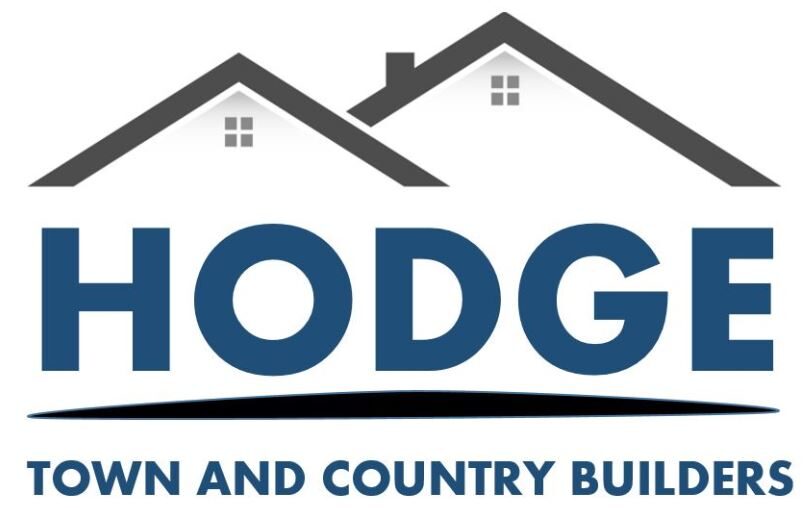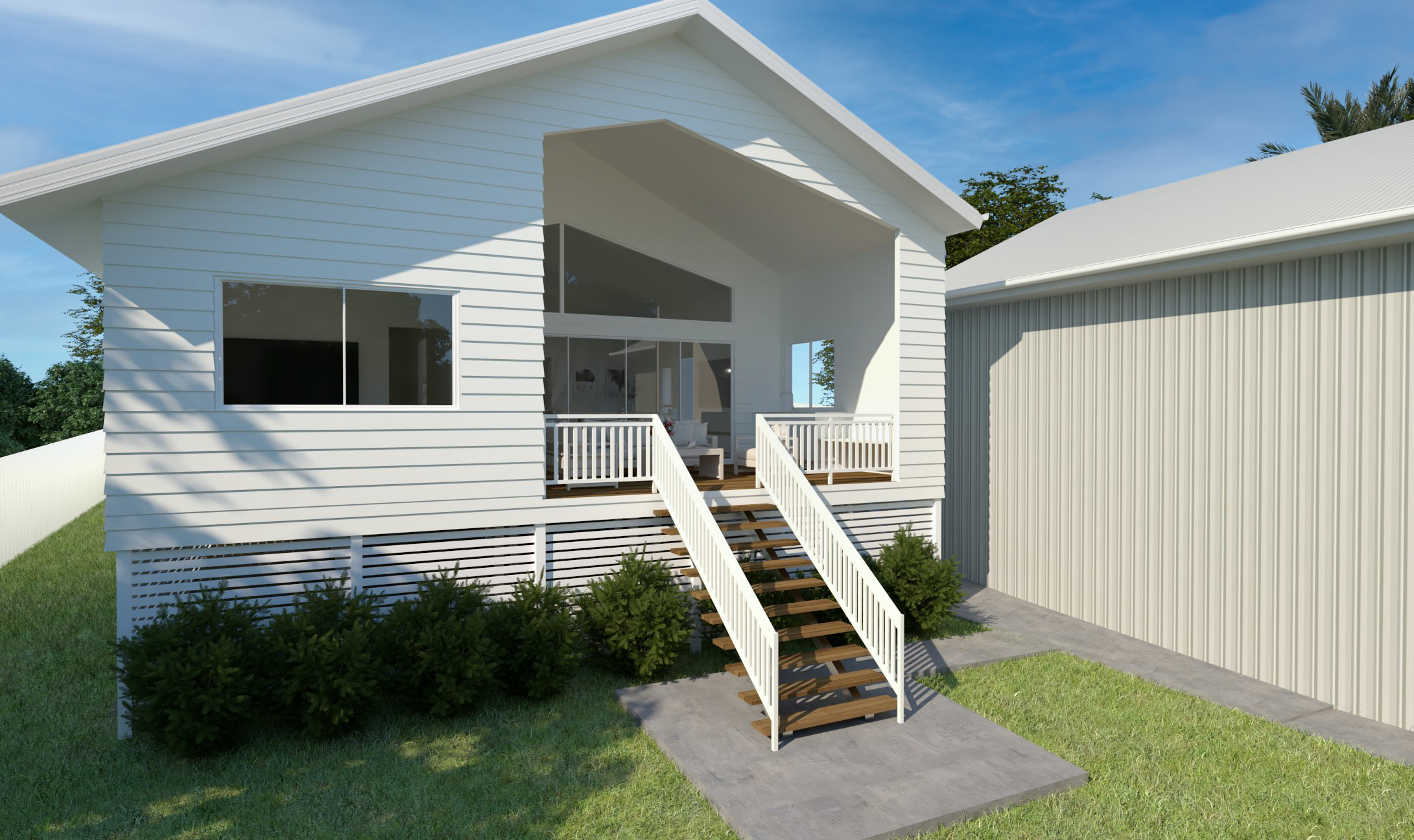
When it comes to building your dream home, the foundation is a critical decision that sets the stage for the entire structure. In the realm of residential construction, two common choices stand out: stumped houses and slab houses. Let’s delve into the characteristics, advantages, and drawbacks of each to help you make an informed decision based on your lifestyle, preferences, and the specific demands of your chosen location.
Stumped Houses: Elevated Elegance, Elevated Living
Stumped houses, also known as raised or elevated houses, rest on sturdy posts or stumps above the ground. This design is particularly popular in areas prone to flooding, providing an effective solution to minimise water damage.
Ventilation and Cooling: Elevated homes allow for natural airflow beneath the structure, aiding in ventilation and cooling. This can be especially advantageous with the hot and humid climate in Bowen, promoting a more comfortable living environment.
Flexibility in Challenging Terrain: Stumped houses are well-suited for uneven or sloping terrain. By adjusting the height of the stumps, builders can effectively navigate challenging landscapes, offering homeowners more flexibility in choosing their preferred location.
Protection Against Pests: Raising a house on stumps provides an added layer of protection against pests such as termites. The elevation creates a barrier that makes it more challenging for these unwelcome visitors to access the structure.
Maintenance Access: Stumped houses often provide easier access for maintenance and repairs beneath the building. This can be an advantage for addressing issues like plumbing or wiring without major disruptions to the living spaces.
Slab Houses: Grounded Simplicity
Cost-Efficiency: Slab houses, built directly on a concrete slab foundation, are generally considered more cost-effective compared to stumped houses. The simplicity of the construction process often results in lower overall building costs.
Accessibility: Living on a single level with no steps or stairs can be an appealing factor for those seeking accessibility and ease of movement. Slab houses are ideal for individuals with mobility challenges or those planning to age in place.Thermal Mass Advantage: Slab foundations offer thermal mass benefits, absorbing and releasing heat slowly. This can contribute to more stable indoor temperatures and energy efficiency, particularly in regions with varying climates.
Quick Construction: The construction of slab houses is typically faster compared to stumped houses, as there is no need to install stumps or posts. This can result in a quicker turnaround from groundbreaking to move-in.
Limited Flood Protection: While elevated houses are designed to protect against flooding, slab houses may be more susceptible to water damage in flood-prone areas. Adequate drainage and site preparation are crucial considerations in such locations.
In the end, the choice between a stumped house and a slab house boils down to personal preferences, budget considerations, and the specific requirements of your chosen location. Whether you prefer the elevated elegance of stumped houses or the grounded simplicity of slab houses, both options offer unique advantages that can contribute to creating the home of your dreams.






